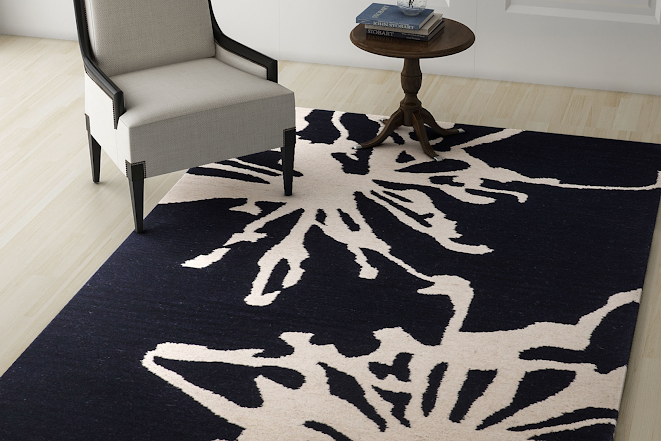How to determine the appropriate pile density for a hand-tufted rug in a dining area?
Hand Tufted Rugs can add a touch of warmth, personality, and functionality to any space. But it's important to understand the different processes that go into creating a piece before making a purchase. There are two major weaving methods: hand-knotted and hand-tufted. Hand-tufted rugs take less time to create, which means they're generally cheaper than their hand-knotted counterparts. But that doesn't mean that they are lower in quality or value, just that the pricing structure reflects this fact.
Weave or loom carpets do it as a form of art
While most people who weave or loom carpets do it as a form of art, a few crafters have taken their skills to the next level by turning them into a business. This trend has exploded during the pandemic, as more and more people find themselves with extra time on their hands due to work layoffs or other circumstances. These tufters are taking their passion for rug making and turning it into a full-fledged side hustle(opens in new tab).
Runs the rug-making brand Mooju Rugs
Mai Ohana, who runs the rug-making brand Mooju Rugs, says that she became interested in tufting before the pandemic even started. She saw a video on social media and was instantly hooked. She was already into crafts, as she had worked at a paper studio in the past, and rug making seemed like a natural fit. It didn't hurt that she was also into the psychedelic, retro, and kitsch styles of modern decor.
To make a rug, Ohana explains, a textile worker first creates a design on a rug-backing material
To make a rug, Ohana explains, a textile worker first creates a design on a rug-backing material. Then, a tufting gun is used to inject fibers into the backing in the desired pattern. When it's finished, the back of the rug is then coated with latex to keep the strands in place.
She explains that a good quality rug can last ten or more years, depending on how much it's used and how well it's maintained. She says the biggest challenge is keeping up with demand while still ensuring her rugs are high-quality and original.
A lot of the success of these rug makers is attributed to Instagram, which makes it easier for people to discover them and their work. Many tufters use the platform to post their progress, share their designs, and interact with customers. This can lead to partnerships, collaborations, and other opportunities for the makers.
Conclusion
Some tufters like AJ Peterson have gone as far as to turn their rug-making into an actual business. She says she didn't start out with the intention of starting a company, but her rug-making business happened to be a "blessing in disguise" when she lost her job at the mall in March 2020. Since then, she's made it her goal to grow her business and continue offering her rugs. She's especially excited about a partnership she's working on with a fashion blogger, because it will give her more visibility. She also wants to offer more personalized services, such as custom-made rugs and pillows. For now, she continues to make Hand Tufted Rugs on the weekends while juggling school and her part-time job at a local brewery.


Comments
Post a Comment